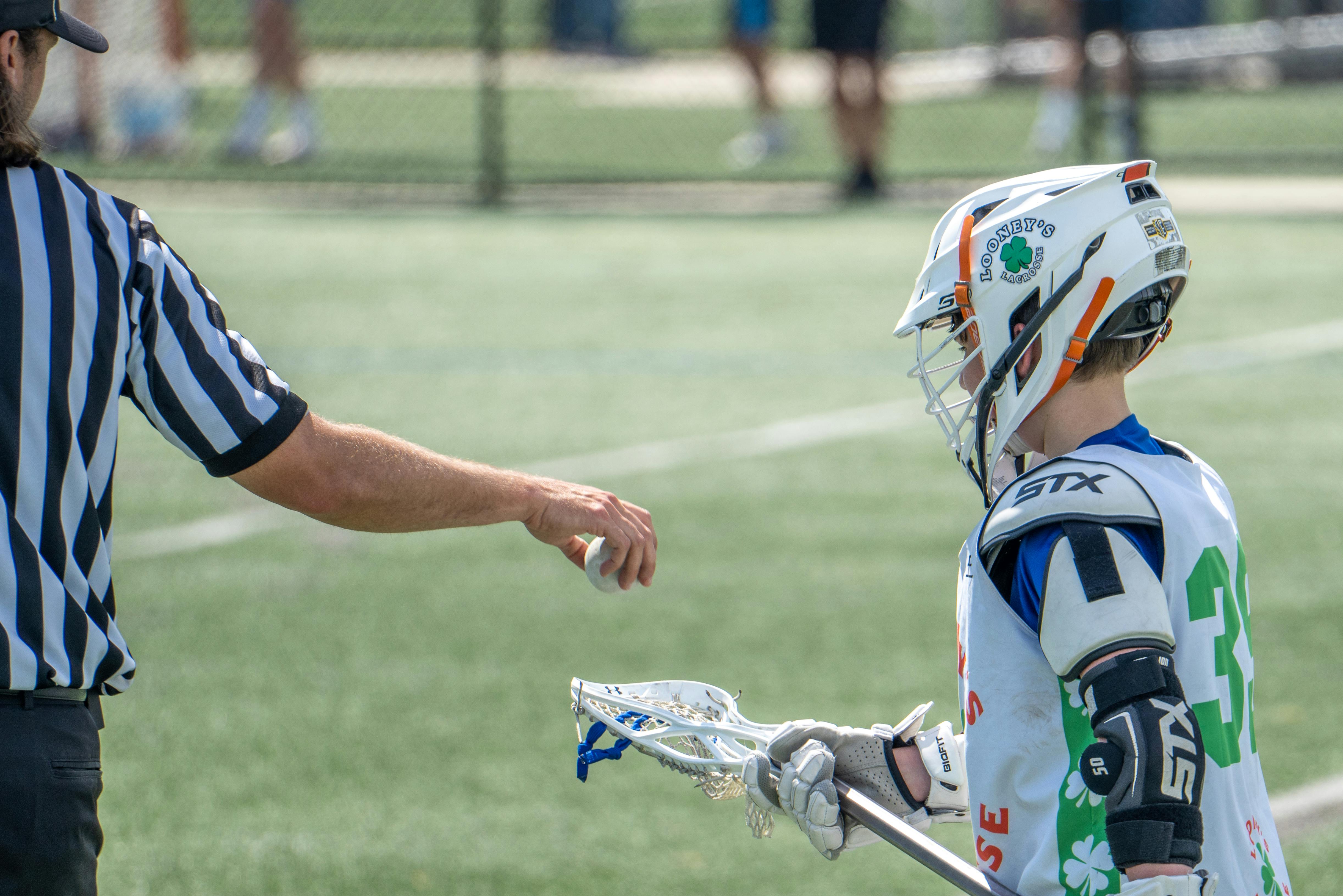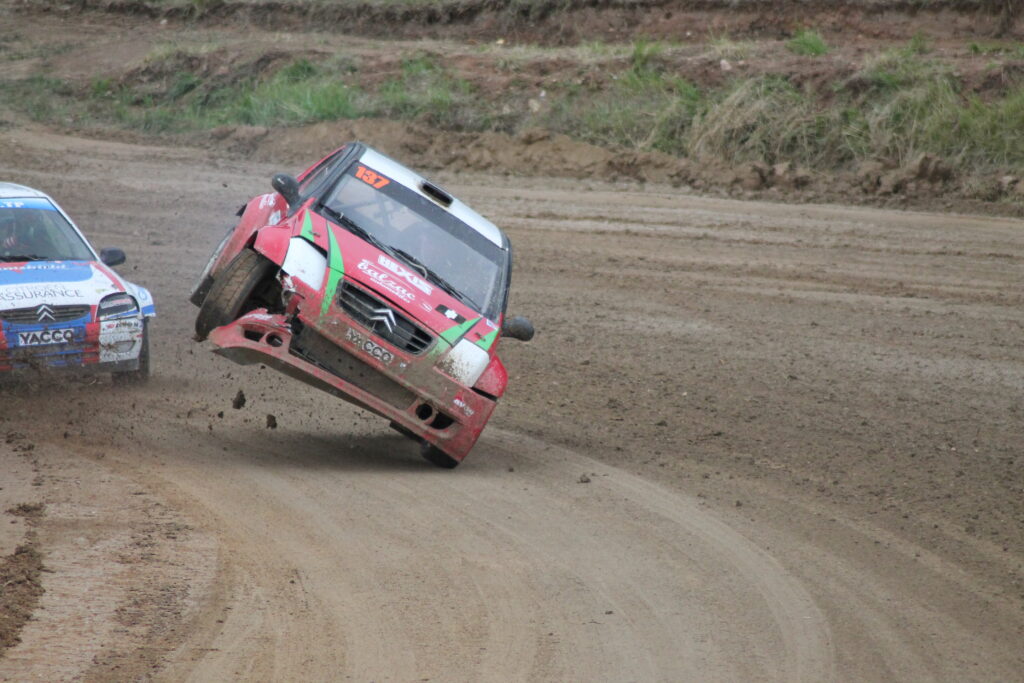Today, we’re going to explore the fascinating world of lacrosse and uncover the ins and outs of a critical position within the game – the LSM. If you’ve ever wondered about the significance of the LSM in lacrosse and what it entails, this article is here to provide all the answers. Lacrosse enthusiasts and newcomers alike, get ready to gain a deeper understanding of this crucial role and the impact it has on the game. So grab your stick and get ready to dive into the exciting world of the LSM position in lacrosse!
Understanding the LSM Position in Lacrosse
Overview of Lacrosse
Lacrosse is a fast-paced and dynamic sport that has its origins in Native American culture. It is played with a small rubber ball and long-handled sticks with a net at the end, known as a crosse. The objective of the game is to score goals by shooting the ball into the opponent’s net while also protecting your own. Lacrosse is played at various levels, including high school, college, and professional leagues, and has gained popularity worldwide.
Introduction to the LSM Position
Within the sport of lacrosse, there are various positions that players can specialize in to contribute to their team’s success. One such position is the Long Stick Midfielder (LSM). The LSM is a versatile player who combines skills from both defensemen and midfielders, utilizing a longer stick that provides an advantage in terms of reach and defensive capabilities. The LSM is an essential component of any lacrosse team, being responsible for both defensive duties and contributing to offensive plays.

History and Role of the LSM Position
The LSM position has a relatively recent history in the sport of lacrosse. It emerged as a strategic response to the evolving nature of the game, where teams began to prioritize a more aggressive and physical style of play. The LSM position was initially introduced to provide teams with a player who could excel in both the defensive and transitional aspects of the game.
In college lacrosse, the LSM position has become an integral part of the game. With the increasing emphasis on speed, athleticism, and versatility, teams began to realize the advantages of having a player with a longer stick who could cover a larger area on the field. The LSM’s ability to disrupt the opposing team’s offensive plays and contribute to the transition game has made them a valuable asset in college lacrosse.
The LSM position has also gained prominence in professional lacrosse leagues such as Major League Lacrosse (MLL) and the Premier Lacrosse League (PLL). As the pace of the game has accelerated, the need for LSMs who can excel in both defensive and offensive situations has become even more evident. LSMs at the professional level are often adept at causing turnovers, providing strong defensive coverage, and generating scoring opportunities.
The Evolution of the LSM Position
The traditional role of the LSM was primarily focused on defensive duties. LSMs were responsible for marking opposing midfielders or attackers, disrupting their plays, and causing turnovers. However, as lacrosse strategies and gameplay evolved, so did the role of the LSM.
LSMs now have a more significant impact on the transition game, playing a crucial role in generating fast break opportunities for their team. With their defensive skills and athleticism, LSMs can quickly retrieve ground balls, clear the ball to their offensive players, and even contribute to face-offs. This evolution has made the LSM position even more essential and demanding.

Skills and Qualities of an LSM
To excel as an LSM, players must possess a unique blend of physical attributes, lacrosse skills, and game intelligence.
In terms of physical attributes, LSMs are often taller and stronger than traditional midfielders. Their size and physicality give them an advantage when defending opponents and battling for ground balls. Additionally, the longer stick used by LSMs allows for increased reach, making it harder for attackers to dodge and score.
Lacrosse skills such as stick handling, passing, and shooting are equally important for LSMs. They must be proficient in catching and throwing the ball accurately over long distances to initiate offensive plays or clear the ball out of defensive situations. LSMs also need to have strong defensive skills, including footwork, body positioning, and the ability to anticipate and disrupt the opponent’s plays.
Game IQ and decision making are crucial qualities for LSMs. They need to quickly assess the game situation, make tactical decisions, and execute plays that benefit their team. Whether it’s choosing to slide on defense, creating passing lanes on offense, or recognizing when to clear the ball, the LSM must possess a deep understanding of the game and the ability to adapt to changing situations.
Offensive Contributions of an LSM
While the LSM position is primarily associated with defensive responsibilities, LSMs also have the ability to contribute offensively. Due to their positioning on the field and their skills with the long stick, LSMs often find themselves in scoring opportunities and can make significant offensive contributions.
LSMs can take advantage of unsettled situations to score goals. When the opposing team is transitioning from defense to offense, LSMs can sprint downfield and become an unexpected offensive threat. Their longer stick allows them to shoot from a distance and surprise the goalie with powerful shots.
In addition to scoring goals, LSMs can also assist in offensive plays. They can initiate fast breaks by quickly transitioning the ball from defense to offense. With their long passes and accurate throws, LSMs can create scoring chances by finding open teammates near the opponent’s net.
Clearing the ball is another offensive responsibility of the LSM. Whenever their team gains possession of the ball in the defensive end, it is the LSM’s role to navigate through the opponents’ pressure and successfully clear the ball to the offensive players. This requires excellent stick skills, decision making, and the ability to remain composed under challenging circumstances.

Defensive Responsibilities of an LSM
The primary defensive responsibilities of an LSM include coverage, marking, sliding, double-teaming, and battling for ground balls.
Coverage and marking involve closely guarding opposing midfielders or attackers. The LSM must use their strength, speed, and footwork to keep their assigned player from scoring goals or making successful passes. This requires a combination of physicality, discipline, and strong defensive positioning.
Another critical defensive skill for an LSM is sliding and double-teaming. When an offensive player beats their defender, the LSM must quickly slide and provide help defense. By effectively sliding and double-teaming, the LSM can disrupt the opposing team’s offensive flow and create turnovers.
The LSM’s ability to win ground ball battles is essential for the success of their team. Ground balls are loose balls on the field, and whoever retrieves them gains possession. LSMs, with their size and strength, are well-suited to win ground balls and gain possession for their team, leading to additional scoring opportunities.
Transition Game and the LSM
The LSM plays a vital role in the transition game, which refers to the rapid change of possession from defense to offense or vice versa. The LSM’s ability to contribute to the transition game can significantly impact the outcome of a lacrosse match.
In the transition game, LSMs excel at creating fast break opportunities. Their athleticism, speed, and stick skills allow them to quickly move the ball upfield, catching opponents off guard. By initiating fast breaks, the LSM can create numerical advantages and scoring opportunities for their team.
LSMs also assist in face-offs, a critical aspect of the transition game. Face-offs determine which team gains possession of the ball at the beginning of each quarter, after goals, and after penalties. LSMs can use their length and defensive skills to contest face-offs, retrieving the ball and gaining possession for their team. This ability to contribute to face-offs adds immense value to the LSM position.
Importance of the LSM on the Field
The LSM position has rapidly evolved and become a crucial component of lacrosse teams at all levels. The unique combination of defensive prowess, offensive contributions, and transitional abilities makes LSMs versatile assets on the field.
LSMs provide teams with an advantage on both ends of the field. Defensively, they can match up against skilled attackers, disrupt plays, and generate turnovers. Offensively, they can create scoring opportunities, assist in plays, and contribute to the team’s overall offensive success. In the transition game, LSMs can initiate fast breaks, win face-offs, and help their team quickly shift from defense to offense.
The presence of a skilled LSM on the field can significantly impact the outcome of a lacrosse game. Their defensive prowess and offensive contributions add depth and versatility to the team’s strategy, making it harder for opponents to defend against.
Training and Development for LSMs
To excel in the LSM position, players must commit to a rigorous training and development program. This includes honing their lacrosse skills, physical conditioning, and mental preparation.
Lacrosse skill training focuses on improving stick handling, passing accuracy, shooting technique, and defensive skills. LSMs must dedicate ample practice time to develop their long passes, catching and throwing accuracy, and defensive footwork. Additionally, LSMs should work on defensive techniques such as sliding, double-teaming, and ground ball drills to enhance their on-field performance.
Physical conditioning is crucial for LSMs due to the demanding nature of the position. They must have the speed, endurance, and strength to cover large areas on the field, battle for ground balls, and withstand physical challenges from opponents. Strength training, speed drills, endurance workouts, and agility exercises should be incorporated into the training regimen of LSMs to enhance their physical capabilities.
Mental preparation is equally important for LSMs. They must develop a deep understanding of the game, study opponent’s strategies, and make quick decisions on the field. Developing game intelligence and decision-making skills can be achieved through film study, analyzing game situations, and simulations during practice sessions.
In conclusion, the LSM position in lacrosse has evolved to become an indispensable role on the field. With their unique combination of defensive skills, offensive contributions, and transitional abilities, LSMs provide teams with a competitive advantage. As the sport continues to evolve, the LSM position will likely become even more significant, and players aspiring to excel in this position must commit to rigorous training, development, and continuous improvement.
